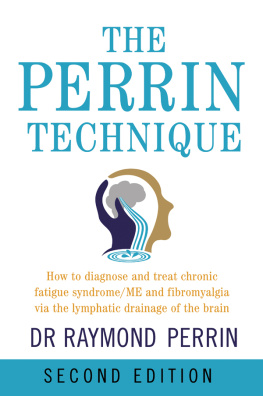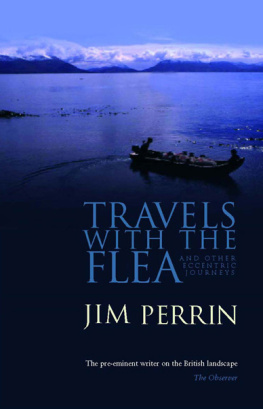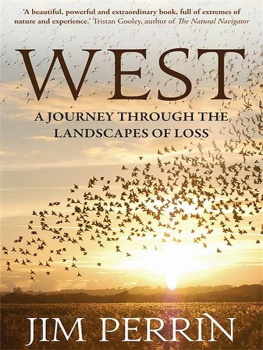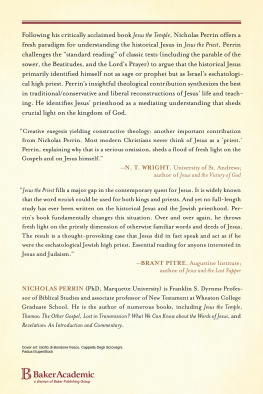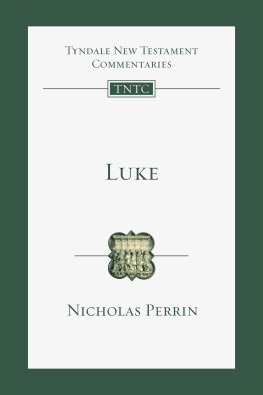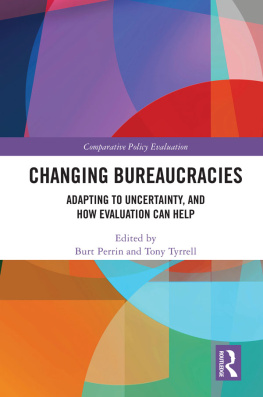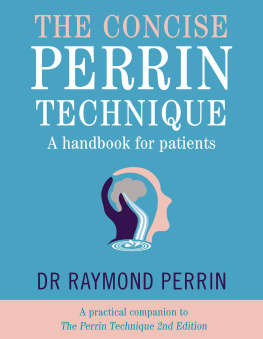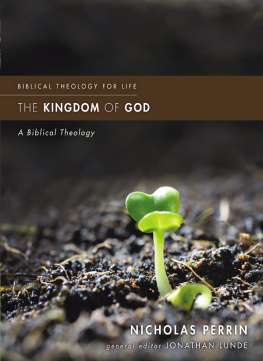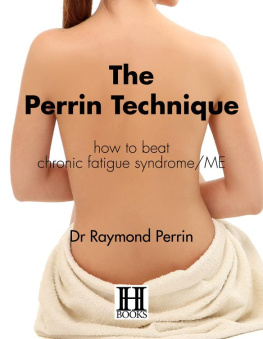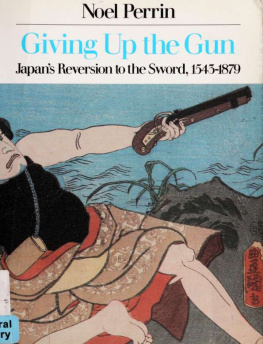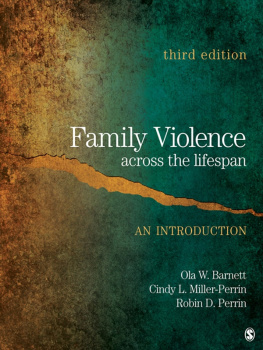Chapter 1 |
Flow of cerebrospinal fluid and the position of the hypothalamus |
The thoracic duct (the central lymphatic drainage system into the blood) |
Long-term build-up of internal and external stress |
Superior view of the cribriform plate with observed perforations |
Hyperintensity (marked by white arrow) in the parahippocampal gyrus |
Restricted drainage of toxins from the central nervous system |
The downward spiral into ME/CFS |
Chapter 2 |
Dr Andrew Taylor Still (founder of osteopathy) 39 (1828 1917) |
Dr Jacob Mendes Da Costa (1833 1900) |
The main feature of fibromyalgia is pain in the four quadrants of the body |
New clinical fibromyalgia diagnostic criteria Part 1 |
Chapter 3 |
Ephapses: cross fibre stimulation of parallel nerves |
Chapter 4 |
The natural gaps in the bloodbrain barrier (BBB) |
Chapter 5 |
The impact of neurotoxins on the hypothalamus |
Chapter 6 |
Miss L: MRI image showing spinal defect |
Miss L: upper cervical defect |
A bulls eye rash (see colour ) |
Chapter 8 |
Magnetic resonance image of lymphatics (shown in green in colour ) in a 47-year-old woman |
The observed physical signs of ME/CFS |
Comparative photographs showing a flattened mid-thoracic spine |
Abnormal flare response following stroking (a) after about 20 seconds following rub of fingers; (b) around 20 seconds later; (c) around a minute after initial strokes showing even more flaring (see colour ) |
Examining a male patient for Perrins Point. Gentle pressure at a point slightly superior and lateral to the left nipple, Perrins Point(X). The amount of sensitivity at this point appears to correspond to the severity of lymphatic engorgement in the breast tissue and also seems to mirror the gravity of the other symptoms |
Schematic illustration showing normal flow within a healthy lymphatic vessel. The valves in this healthy vessel are intact, preventing any backflow, thus maintaining a healthy, unidirectional drainage (note the smooth muscular wall of the lymphangion regulated by sympathetic nerves) |
The development of varicose megalolymphatics. (a) The normal lymph flow before the illness (b) Reversal of the central lymphatic pump forces the colourless lymph fluid back, damaging the valves that separate the adjacent collecting vessels (lymphangia) (c) The lymphangia expand due to the pressure and volume of the backward flowing lymph. This leads to the large beaded vessels (varicose mega-lymphatics) palpated just beneath the skin in the chest of ME/CFS and FMS patients |
Right subclavicular varicose lymphatics, lacking the bluish hue of varicose veins, in a patient with ME/CFS (see colour ) |
William Garner Sutherland, DO founder of cranial osteopathy (1873 1954) |
Chapter 9 |
Postcard from Sue Henry, Darwen Tower, Lancashire, UK |
Sue Henry having reached Darwen Tower for the first time in five years |
Chapter 10 |
Jade at home before starting the Perrin Technique, desperately ill, housebound for many years, wheelchair bound for two years, being cared for by her devoted mother, Barbara Hodgkinson |
Jade well enough after 18 months of treatment to climb with her parents Barbara and Andrew, and myself, plus a group of friends (not pictured) to the top of the highest mountain in England, Scarfell Pike, to raise funds for my research |
Former severe ME/CFS patients Jade Benson and Jen Turner at Jades wedding. |
Effleurage down neck and up chest to clavicle |
A concertina |
The concertina effect |
Combined articulation, soft tissue stretches and paraspinal effleurage |
Longitudinal and cross fibre stretching of lower neck and shoulders (trapezii and levator scapulae muscles) |
Functional technique to the suboccipital region |
Cranial treatment |
A blacksmiths bellows |
Sacral treatment |
Combined leverage and thrust of mid-thoracic vertebrae |
Combined leverage and thrust on the upper lumbar spine |
Gentle combined leverage and thrust on the lower cervical spine |
Upper thoracic rotation exercise |
Mid-thoracic rotation exercise |
Lower thoracic rotation exercise |
Shoulder rolling exercise |
Cervical isometrics Attempting to bend head forward, prevented by gentle backwards pressure of hands. Attempting to bend head back, prevented by gentle forward pressure of hands. Attempting to bend head to the left, prevented by gentle counter-pressure of left hand. Attempting to bend head to the right, prevented by gentle counter-pressure of right hand. Attempting to tuck in chin, prevented by gentle forward counter-pressure by thumbs. Attempting to push chin forward, prevented by gentle backwards counter-pressure of fingers. |
Nasal release |
Facial self-massage |
Self-massage to head |
Self-massage to front of neck |
Self-massage of the breast |
Head rest exercise |
An ME/CFS patient and her daily medication |
The same patient after receiving the Perrin Technique and reducing her supplements and medication intake |
Letter from a child |
Chapter 11 |
These parents and grandparents in Stockholm know the meaning of chillax with these rocking chairs and automated fans controlled by the children! |
Adapted back sculling technique |

